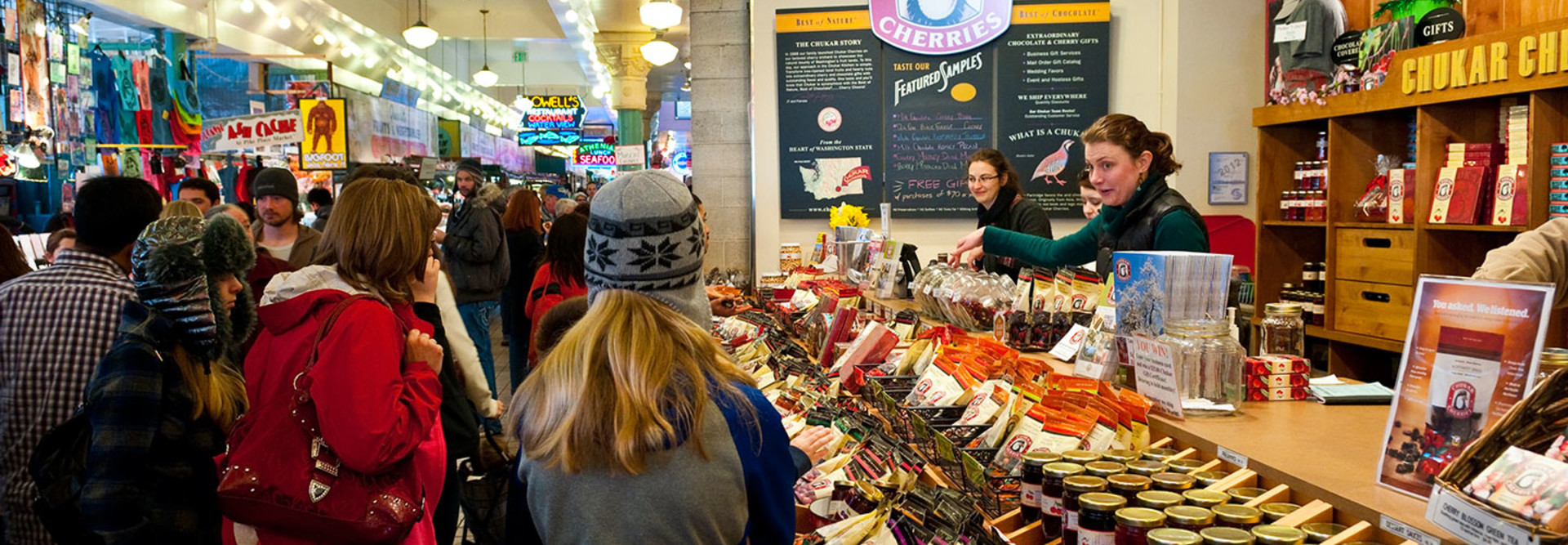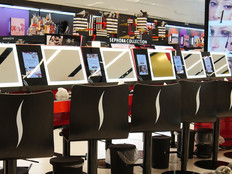4 Tech Tips to Make Small Business Saturday a Smash
Small Business Saturday keeps getting bigger. The shopping holiday, the Saturday after Thanksgiving, encourages customers to patronize small and local brick-and-mortar stores.
An estimated 112 million shoppers and diners reported spending money at small businesses on Small Business Saturday (SBS) in 2016, a new record and a 13 percent increase over 2015, according to the Small Business Saturday Consumer Insights Survey from the National Federation of Independent Business and American Express, the founding sponsor of SBS.
According to the survey, U.S. consumers spent an estimated $15.4 billion last year at independent retailers and restaurants, a decrease from the estimated $16.2 billion spent in 2015. Despite the drop-off, SBS still represents big business for mom and pop retailers and stores, and small businesses can use the day to turbocharge sales and plan for the year ahead.
However, to make the most of SBS, small businesses need to take advantage of technology solutions to give them more insight into customers and spread the word about their business. Here are four key tech tips small businesses should heed as they hurtle toward SBS on Nov. 25:
1. Collect Data and Make Sure to Actually Analyze It
Data is key for businesses big and small, says Nicole Leinbach Reyhle, founder of the retail industry website Retail Minded. Each small business retailer will invest in technology based on its business priorities, she says, but data should be at the heart of it.
That includes data about customers’ purchasing decisions and behavior as well as how well different business and marketing strategies have worked. However, small businesses must also invest in data analytics platforms and underlying computing and storage technology to make sense of the data they collect, Reyhle says.
“You can’t just capture it,” she says. “You have to analyze it and apply it to your future decisions.”
Ultimately, data and human interaction combined “can make more accurate decisions than human touch alone or data alone,” Reyhle adds.
As they prepare for SBS, small businesses need to consistently review data from online and offline sources, which will allow them to make more informed decisions about inventories, marketing strategies and more. That data should be collected from a variety of sources, including point of sale systems, Google Analytics and email marketing platforms, Reyhle notes.
2. Invest in Mobile Point of Sale Systems
Small businesses often attract more foot traffic than normal on SBS, which can make for very crowded store floors. To take advantage of that extra traffic and ring-up sales, small businesses can invest in mobile point of sale terminals, which allow employees to help customers check out without waiting in a long line.
Reyhle says that mobile POS is a “great” IT investment, especially if small businesses want to set up pop-up stores at other locations besides their main retail store.
3. Use Tech to Keep Inventory Stocked Appropriately
Steve Nicastro, a writer for personal finance website NerdWallet, writing in USA Today, notes that the “worst” thing that can happen to a small business on SBS is “having a long line of customers and turning them away because you’ve run out of inventory.”
Sales or promotions on popular items are likely to deplete inventory levels faster than normal, he notes, arguing that small businesses need to check in with suppliers and order products earlier than usual to make sure they will have enough inventory.
E-commerce platforms such as Shopify or BigCommerce can help small businesses with inventory management solutions.
“Retail businesses can look to stock up on best-selling items ahead of time, while restaurants can check food inventory levels,” Nicastro writes. “Having ample products on the shelves can also ensure you’re prepared to meet demand for the rest of the holiday shopping season.”
4. Leverage Social Media to Spread the Word
Although SBS is all about getting customers into physical stores, shoppers need to be able to easily find small businesses online. RetailNext, a provider of in-store data analytics services, says that small businesses should use social media to “preview the discounts, promotions and special attractions you have in mind, and make your posts as interactive and two-way as possible. Try polls and other interactive tactics, or simply ask questions and respond to the answers you get back from your community.”
Brian Mattingly, CEO and founder of Welcomemat Services, which helps small businesses target customers who have recently moved to their area, says small businesses should create a story on social media with pictures that speak to the purpose of the business. “Creative and purposeful content can capture the attention of consumers, which, in turn, creates shares and engagement,” he tells Business News Daily.
Reyhle says small businesses can set up “selfie stations” inside their stores via iPad tablets or smartphones (or by letting customers use their own smartphones), that prompt customers to take photos of themselves in the store. She also recommends that small businesses use the hashtag #ShopSmall and the handle of the company.
“Your store will be pushed out digitally and gain more recognition for local consumers and anybody looking to discover who you are,” she says.
Reyhle also recommends that small businesses go to shopsmall.com and register so that they can get put on a map of small businesses participating in SBS.









